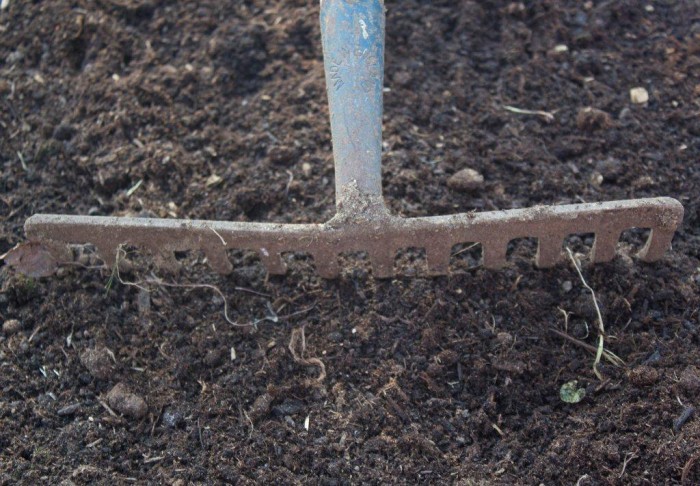The end of last month took us from -15 C to 15C in a matter of two weeks in parts of Britain, some gardeners I spoke to expressed surprise; others, wore that knowing, well worn look based on years of experience. I clearly remember when I was a teenager (yes, that long ago!) planting trees on the embankment at Leicester station, in February, with my shirt off, make the most of an unseasonably warm spell, so high temperatures in February are certainly not a new phenomenon. But what will March bring? Many suggest that it is the continuation of drought and cool conditions, but after what we have just experienced, who dares to predict what may happen?

We will certainly need moisture in the soil when preparing seedbeds for early sowings. Seedbeds should be dug several weeks before sowing, so the soil has time to settle. Heavy soils benefit from digging in autumn, so frost can break down the clods; lighter soils should be dug in spring. Those who use a no dig system should lightly fork over the soil to break any surface compaction. Cover the soil early in the month to warm the soil – clear polythene is best, warming the soil more successfully than black polythene and encouraging weed seeds on the surface to germinate; these can then be hoed off before sowing vegetable seeds or hardy annuals in ornamental beds. When you are ready to sow, remove the polythene and rake the soil to a fine, level ‘tilth’ or texture, removing any weed seedlings and debris. The soil should be crumbly and moist; seedbeds for larger seeds do not have to be so finely raked. The easiest way to make a drill is to gently press a bamboo cane into the soil to the required depth, water the base of the drill, sow your seeds and cover with moist soil or sieved multipurpose compost and label. Now it the time of year to sow broad beans, beetroot, leeks, Kohl-rabi, early peas, Brussels sprouts, turnips and salads – yes, the spring sowing season has begun!
It is also time to prune ‘Dogwood’s’ grown for their winter stems. The youngest stems produce the best colour, so prune them to within a few centimetres of the base in March before bud burst. Some, notably Cornus sanguinea ‘Midwinter Fire’ are less vigorous and are better pruned every other year; alternatively, remove half the stems every year. Apply general fertiliser, either in slow release form in spring or regularly throughout the growing season to encourage fresh, colourful re-growth.
Use pruning’s for propagation, cutting pencil thick stems into sections about 20cm (8″) long, each with a horizontal cut just below a leaf joint at the base and an angled cut above a bud at the top. Make a narrow slit into the soil with a spade, sprinkle sharp sand into the base to encourage a good root system and leave one third of the cutting above ground then firm. Lift the following autumn, and grow them on for another year, transplant into their final position or give them away to friends. Happy Gardening! Matt










